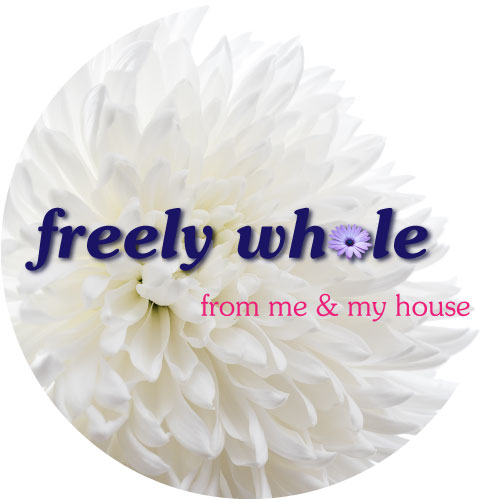We rely heavily upon the Bible for our “curriculum”. But obviously it
isn’t the only book we study. We utilize 4 Real Resources, rather than
textbooks, as our “core curriculum” – Real Books, Real People, Real Places, and Real Experiences. As a part of this Lifestyle we go to places and do things that are relative to “Real Life” – not contrived (which doesn’t always mean, not planned). We talk to “real people”, people who have lived life – gone places, experienced things that are interesting to listen to. And we read real books, exciting stories about the lives of the people that have experienced life, that have learned and grown. Exciting books that allow us to experience in our minds what we aren’t able to experience with our bodies. In addition to stories, we read factual books that present information in an interesting, rememberable way – as much as possible, books that relate that information to God and His Word, and relationally to our lives. I plan to (eventually) send a post of Resources for each of the 7 Pillars of Learning. (perhaps posts for each Pillar.) In this post I’ll start with Resources that specifically relate to our study of God’s Word (that all other studies hinge upon) and our growth in Him.
The Bible of course is our source that all other resources are held up to and compared with. We prefer to stick with KJV or New King James Version for their accuracy. We buy our little ones a NKJV Giant Print Bible as soon as they begin to read. The large print is easier on their eyes, and the NKJV is very understandable, yet accurate – without being a paraphrase, or “dumbed down” version. When our children reach their “formal study” years (around puberty), we buy them a NKJV Spirit-Filled Life Study Bible. This keeps us all reading the same version aloud, for easy follow along, and all memorizing in the same translation. If you prefer the purity and beauty of the original KJV, it is also available in a Giant Print and we recommend the Full Life Study Bible (good study notes), or the Rainbow Study Bible (color coded by theme), or the Hebrew Greek Key Study Bible (includes the original Hebrew/Greek words and their meanings – like having Strong’s concordance in your Bible.) If using KJV, you’ll probably want various family members to have the different recommendations here for optimal study use. The Thompson Chain Reference Bible is also a good study Bible available in KJV and NKJV. For our little ones, babies, toddlers, and prereaders we buy a Baby’s/Toddler’s Bible that they carry around with them as soon as they are able, developing a love for God’s Word at a very early age.
For learning about the Bible, we use several resources. One area we
study is Bible Survey, for familiarity with the whole of God’s Word. Probably my favorite resource for adults and teens is Chuck Missler’s “Learn the Bible in 24 Hours” – a CD-ROM that takes you through a quick (24 Hour) overview of the Bible. It is divided into 1 hour sections, and includes a visual (PowerPoint) presentation along with the audio teaching. Another resource for Bible Survey is “What the Bible is All About” by Henrietta Mears. It is a classic that gives an overview of each book and a reading plan for reading the highlights of each book. It is divided into 52 lessons, and has daily readings for each chapter. There is also “What the Bible is All About for Young Explorers” for younger children. These can be used for Family Study of this topic by presenting from the “…Young Explorers” version then having the older youth also read the regular version and reading plan.
If you have only pre-readers, or desire to use a Bible Storybook, whether for family devotions or your Bible Survey with young children, two of our favorite story Bibles are “The Child’s Story Bible” by Catherine Vos (a classic) or the “Illustrated Children’s Bible”. or you may want to use “Bible Studies to Read” and “Bible Stories to Color” by **Rod and Staff. Each has simple Bible Stories going through the highlights of the entire Bible. Your children can draw or color pages as you read, or narrate or act out the story – either in person or with felt cut outs.
In another post I will continue covering recommended resources for
Bible Doctrine, Bible Principles for Life, Bible References, Bible Study and Memory, Devotional Life and more; as well as documenting our Biblical Studies through Journaling.
**Rod and Staff books not available through Me and My House.









